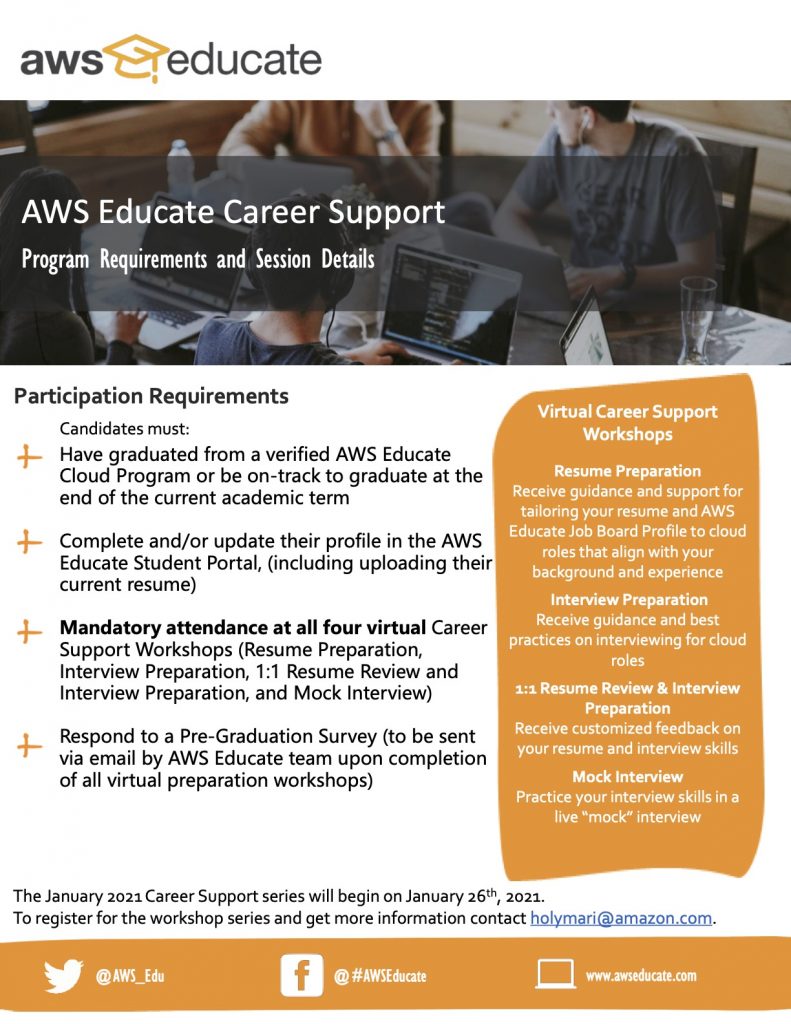
AWS Educate Career Support

Professor – Computer Science at CSU Channel Islands

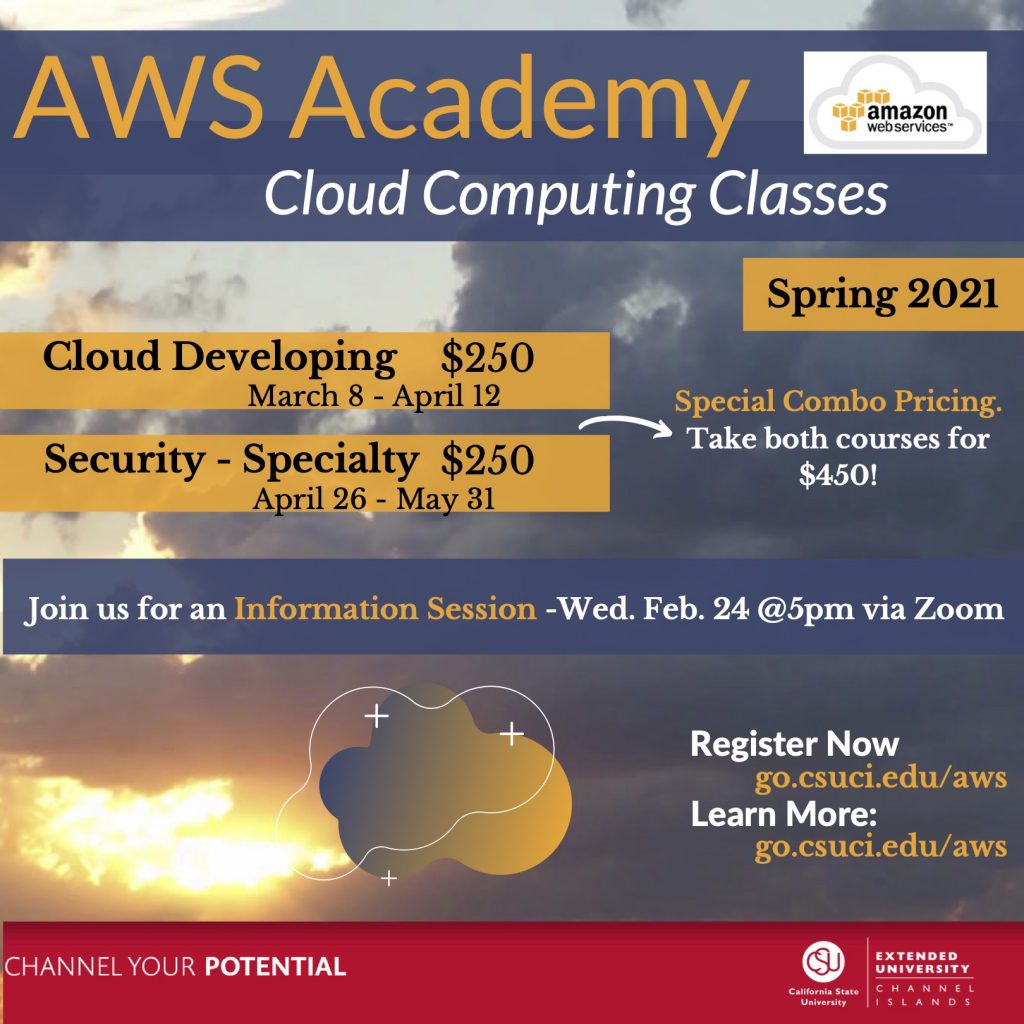
Amazon . com Inc. announced an effort Thursday aimed at helping 29 million people world-wide retrain by 2025, giving them new skills for cloud-computing roles as the pandemic upends many careers.
The online giant committed $700 million last year to reskilling 100,000 of its own workers in the U.S. The new effort will build on existing programs and include new ones in partnership with nonprofits, schools and others.
Amazon’s latest initiative is geared toward those who aren’t already employed at the company. The idea, it says, is to equip people with the education needed to work in cloud-computing at a number of employers seeking to fill high-tech positions. While some participants might find jobs at Amazon, it is more likely they would get hired at other companies, including many that use Amazon Web Services, the online retailer’s cloud division.
Source: Amazon Wants to Train 29 Million People to Work in the Cloud – WSJ
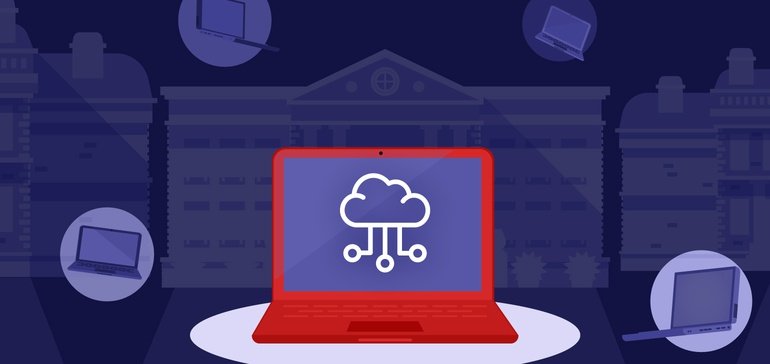 Amazon Web Services is one of a handful of tech employers, including Google and Microsoft, helping colleges offer credentials in the field.
Amazon Web Services is one of a handful of tech employers, including Google and Microsoft, helping colleges offer credentials in the field.
Cal State Channel Islands is part of the growing list of AWS Academy institutions, a group of mostly colleges that select at least one instructor to be authorized by the cloud computing giant to teach its courses to students.
Source: Why 4-year colleges are tapping Amazon to help deliver cloud computing degrees | Education Dive
This year I am teaching (online) a sequence of 4 courses in Cloud Computing, in conjunction with the AWS Academy. Students receive AWS accounts, explore AWS services with hands-on labs, and prepare for certification (if they wish to). All classes are open to the public, and can be joined independently of each other (or all taken in sequence!). Please contact jeff.ziskin@csuci.edu to book an information session meeting on Zoom.
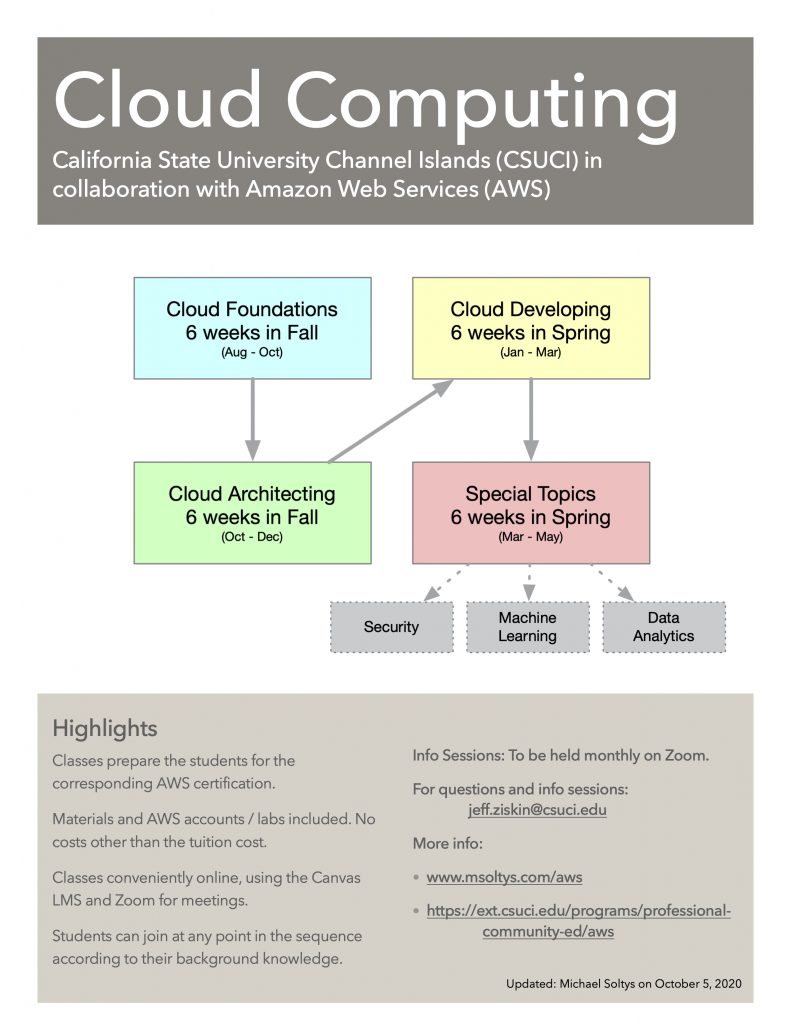
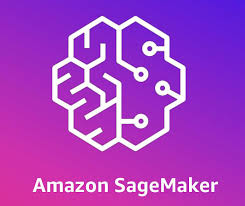
We are very happy to have been selected for an SageMaker Pilot for AWS Educate Classrooms! Machine Learning (ML) is a top hard skill for graduates, and it is also becoming a premier tool for research in all areas. SageMaker Studio is a complete development environment for ML.
The theory of ML can always be taught, but in order to have hands on experience with ML, a computing infrastructure is required that is beyond the means of most educational institutions. Our students will have access to AWS Educate accounts with credits to use the SageMaker Studio environment, and access to to powerful CPU/GPU resources (ml.m5.xlarge, ml.c5.xlarge, and ml.g4dn.xlarge) for training ML models.
ML use cases include SPAM filtering for emails, recommender systems, e.g., Netflix show recommendations, and uncovering credit card fraud. There are three types of ML: supervised, where the data is labeled and the expected outputs are well understood (is an, is this email SPAM or not); unsupervised, where the ML algorithm has to discover the salient properties of the data; and, reinforcement, where some agent (e.g., RoboMaker) interacts with an environment and learns to navigate it through a system of rewards.
SageMaker supports many leading deep learning frameworks, including: TensorFlow, PyTorch, Apache MXNet, Chainer, Keras, Gluon, Horovod, Scikit-learn, and Deep Graph Library.
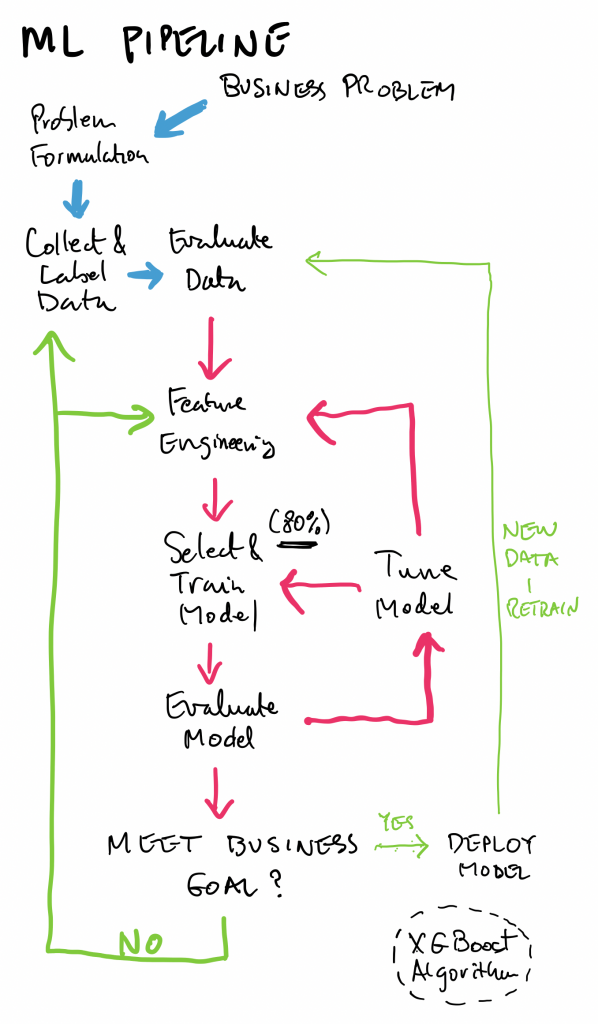
We applied last July to be part of the AWS pilot program to make SageMaker available to our students, and we were approved to start this fall 2020. We have a group of about 10 students who are going to be learning to use under my supervision.
We are building on our growing expertise in Artificial Intelligence. This fall term, professor Reza Abdolee is teaching a graduate class in AI (COMP569) and professor Bahareh Abbasi is teaching both an undergraduate course in AI (COMP469) and a graduate class in Neural Networks (COMP572).
ML is one of the areas of AWS certification.
Students will learn a variety of auxiliary tools; as you will see from this list, the Python programming language is central to Data Analytics:
In the words of Jose Cahue:
One of the major hurdles to learn ML as a student is having access to a machine optimized for model training. Cloud computing can be one practical solution to provide the computation resources needed to learn ML.
Jose Cahue
Today I participated in Webinars and Training Sessions for Educators and Students, which is a follow-up to the popular April AWS workshop on Remote Learning.
From the AWS page supporting the rapid transition to Remote Learning:
With the global move from in-classroom delivery to remote learning due to temporary and sustained school closings, AWS Educate wants to help educators and students with webinars and workshops ranging from beginner to advanced levels. Any educator or student is invited to join, and there’s no cost for participating. Each webinar will be recorded and available on-demand in over 100 languages.
https://aws.amazon.com/education/remote-instruction-resources-for-educators/
For questions please contact: jeff.ziskin@csuci.edu (805-437-2653). To register for an information session, or to register for the classes:
https://ext.csuci.edu/programs/professional-community-ed/aws
These classes are open to the public, and they are given in partnership with the AWS Academy.
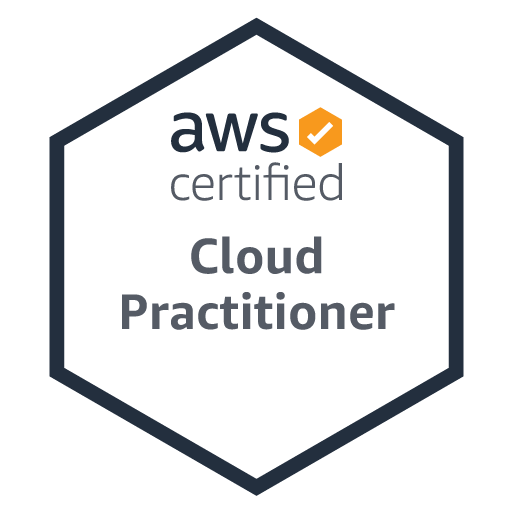
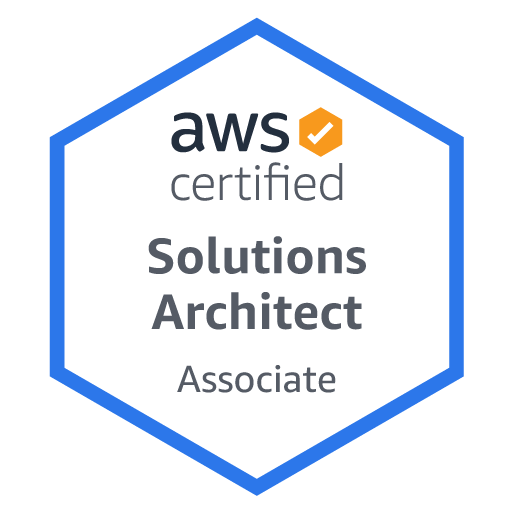
We are following exactly the AWS curriculum, and students will be provided AWS Educate cloud accounts with credits for the duration of the classes, as well as vouchers for writing the corresponding certification exams.
This new paper was just posted as a technical report at Cornell’s arXiv (https://arxiv.org/abs/2007.01823), but it will be submitted for publication in the future. PDF of the paper.
From the abstract: Every organization needs to communicate with its audience, and social media is an attractive and inexpensive way to maintain dialogic communication. About 1/3 of the Internet web pages are powered by WordPress, and about a million companies have moved their IT infrastructure to the AWS cloud. Together, AWS and WordPress offer an attractive, effective and inexpensive way for companies, both large and small, to maintain their presence on the web.
This paper starts from the following premise:
you have been hired by a company with a small Communication budget, but ambitious plans. You have been tasked with setting up an effective web presence; in this role you have to combine both your CS/IT skills, as well as your Communication savvy. The decision has been made to deploy the web page as WordPress hosted on Amazon Web Services (AWS), integrated with social media, as well as robust Analytics to measure the effectiveness of your communication campaigns.
From introduction to WordPress on AWS: a Communication Framework
This paper is a third paper in a sequence on cloudification with AWS; the first one, Cloudifying the Curriculum with AWS, can be found here: https://arxiv.org/abs/2002.04020, and it was mentioned in this blog post, the second on Cybersecurity in the Cloud here: https://arxiv.org/abs/2003.12905, and it was mentioned in this blog post.